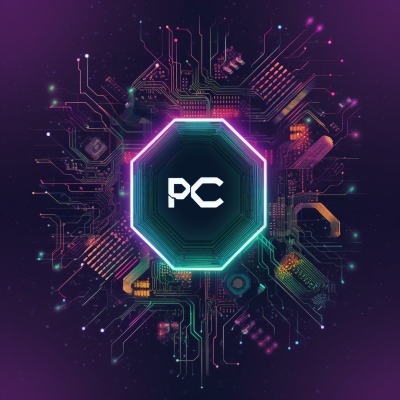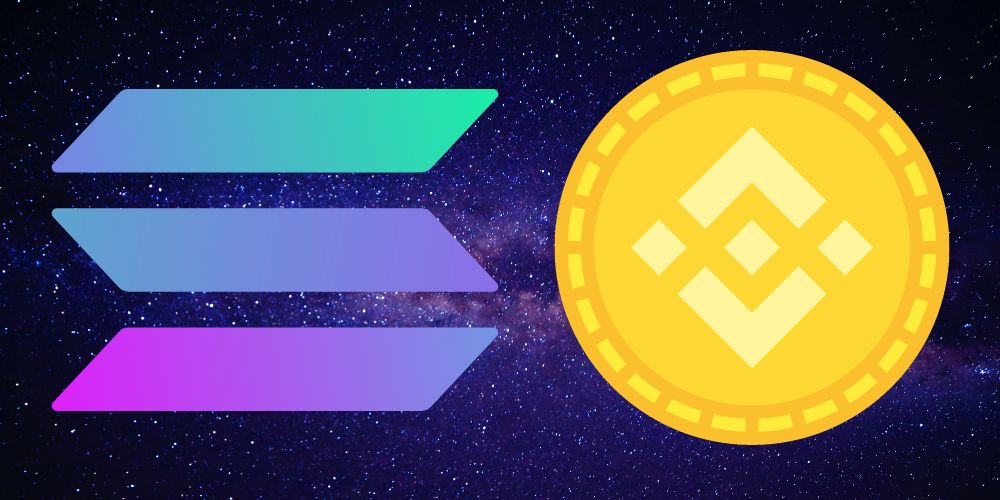In the fast-evolving world of blockchain technology, two names that often surface in discussions are Solana and Binance Smart Chain (BSC). Both platforms have gained significant attention in the cryptocurrency community for their unique features and capabilities. This blog post aims to provide a comparative analysis of Solana and BSC, delving into their technology, performance, use cases, and community support.
Trade SOL and BSC with our VIP referral links on MEXC, ByBit or Bitget.
1. Introduction to Solana and Binance Smart Chain
Solana is a high-performance blockchain supporting decentralized applications (DApps) and cryptocurrencies. It was designed to solve scalability issues while maintaining decentralization and security. Solana’s unique Proof of History (PoH) consensus combined with the traditional Proof of Stake (PoS) model allows it to process transactions at unprecedented speeds.
Binance Smart Chain (BSC), on the other hand, is a blockchain network developed by the world-renowned cryptocurrency exchange, Binance. BSC runs parallel to Binance Chain and offers smart contract functionality and compatibility with the Ethereum Virtual Machine (EVM). Its primary aim is to provide a high-throughput, low-cost environment for decentralized finance (DeFi) applications.
2. Technology and Performance
Solana:
- Consensus Mechanism: Proof of History (PoH) combined with Proof of Stake (PoS).
- Transaction Speed: Solana boasts a high throughput with the ability to process around 65,000 transactions per second (TPS).
- Scalability: Scalability is one of Solana’s key strengths, thanks to its innovative PoH consensus.
Binance Smart Chain:
- Consensus Mechanism: A Proof of Staked Authority (PoSA) model, which is a hybrid of PoS and Delegated Proof of Stake (DPoS).
- Transaction Speed: BSC offers a respectable throughput with around 160 TPS.
- Interoperability: BSC is compatible with EVM, which allows for easy porting of Ethereum-based DApps.
3. Use Cases and Applications
Solana is particularly favored for applications that require high-speed transactions and low fees, such as decentralized exchanges (DEXs), gaming platforms, and high-frequency trading applications.
BSC shines in the DeFi space, thanks to its compatibility with Ethereum’s tools and DApps. It’s also popular for yield farming and liquidity mining applications due to its low transaction fees and fast processing times.
4. Community and Ecosystem
Both Solana and BSC boast rapidly growing communities and ecosystems. Solana has attracted a diverse range of developers and projects, particularly those looking to build scalable DApps. Its community is bolstered by various grants and funding initiatives aimed at supporting the ecosystem.
BSC’s community benefits from its association with Binance, which provides it with considerable visibility and accessibility. The BSC ecosystem is home to a wide array of DeFi projects, with a strong focus on interoperability and user-friendliness.
5. Security and Decentralization
While both platforms aim to offer high security, their approaches to decentralization differ. Solana’s unique consensus model offers a higher degree of decentralization compared to BSC. BSC’s consensus model, while efficient, relies on a relatively small number of validators, which raises concerns about centralization.
6. Final Thoughts
Both Solana and Binance Smart Chain offer unique advantages and cater to different needs within the blockchain space. Solana’s high throughput and scalability make it ideal for applications requiring speed and efficiency. BSC’s EVM compatibility and low fees make it a popular choice for DeFi projects and developers from the Ethereum community.
The choice between Solana and BSC ultimately depends on the specific requirements of a project, including factors like transaction speed, fees, ease of development, and the degree of decentralization. As the blockchain landscape continues to evolve, both platforms are likely to play significant roles in shaping the future of decentralized applications and finance.
P.S. Nothing here is financial advice. Links are affiliate.


Leave a Reply